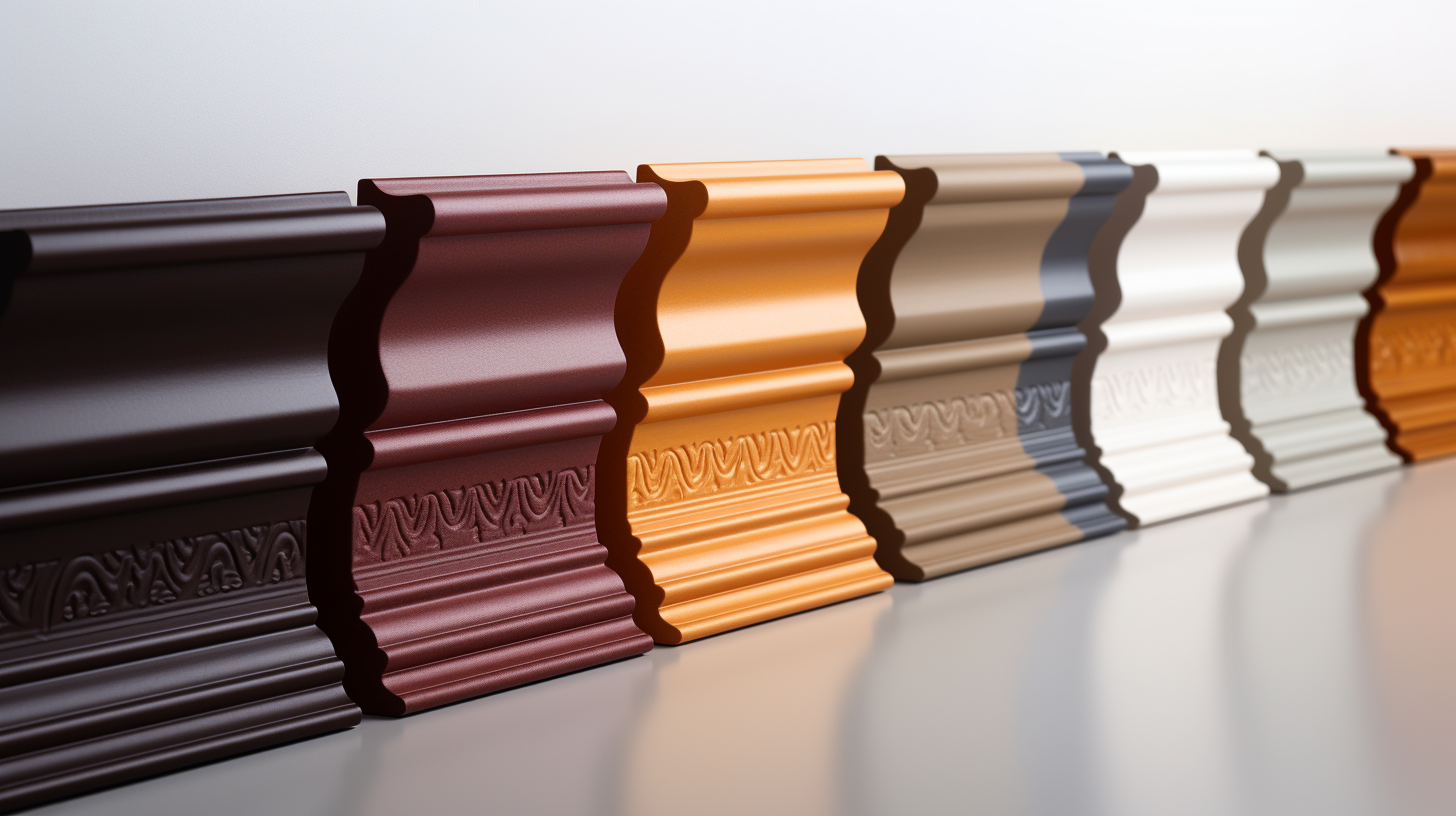3 Helpful Tips for Choosing the Right Edge Trim for a Product
When installing materials in your home, they will have rough edges left behind. If you want to enhance the overall look of your space and ensure safety, edge trims are essential. Fortunately, there are many options available to achieve the look you’re going for. These options include different shapes, sizes, and even materials that will beautifully cover edges and leave your space with a finished look. If you need help making the right choice, the tips below can help find the right edge trim for a product.
1. Find the Right Material
Rubber and plastic are some of the most popular tile edge materials out there, as they are sturdy and long-lasting. Some materials are also built with steel or wire cores to make them stronger. Learning more about the details of each material can make it easier to select which is best for your project.
– Silicone: This material has low chemical reactivity and toxicity. It can withstand high and low temperatures but will collect dust easily.
– TPE: Can withstand low temperatures without cracking but can be expensive.
– Neoprene: Withstands fire and water but may not be very flexible in colder temperatures.
– PVC: Can crack in colder temperatures but is lightweight and durable. This will likely fade if in direct sunlight.
Not sure which material to use? To determine what is best, consider what environment the trim is going in and how often it’s going to be used. For example, if using trim in a bathroom, then a rust-proof material will be crucial. However, if you’re working in a commonly used space then PVC may be a good choice.
2. Choose the Shape
The shape of your trim will depend on the material you’re working with. Bulb seals, flap seals, d-seals, p-seals, ribbed seals, and pedestal seals are all options you can choose from. The right shape will enhance the safety and finished look, so it’s important to base what you buy on what works best for your specific project.
3. Pay Attention to Details
There are now more choices available than ever before when it comes to edge trims, so take your time to find what you like the best. This includes many colors to match the look of the materials you already have. There are also some textures like herringbone and leather that can add a special touch that you don’t see every day. The last detail you’ll want to look at is how it’s mounted, as this may increase the time it takes to finish your project. Push-on, tape, and pedestal are the three options that most trims come in.
What’s Right for Your Project?
Every project will require a different type of edge trim, whether it’s in an office, warehouse, home, or other space. For this reason, it’s impossible to have one trim that you use for every new project. Take your time to explore different materials, textures, shapes, and sizes so you are sure to find what works best. Fortunately, many options can suit just about any material you need trim for.



